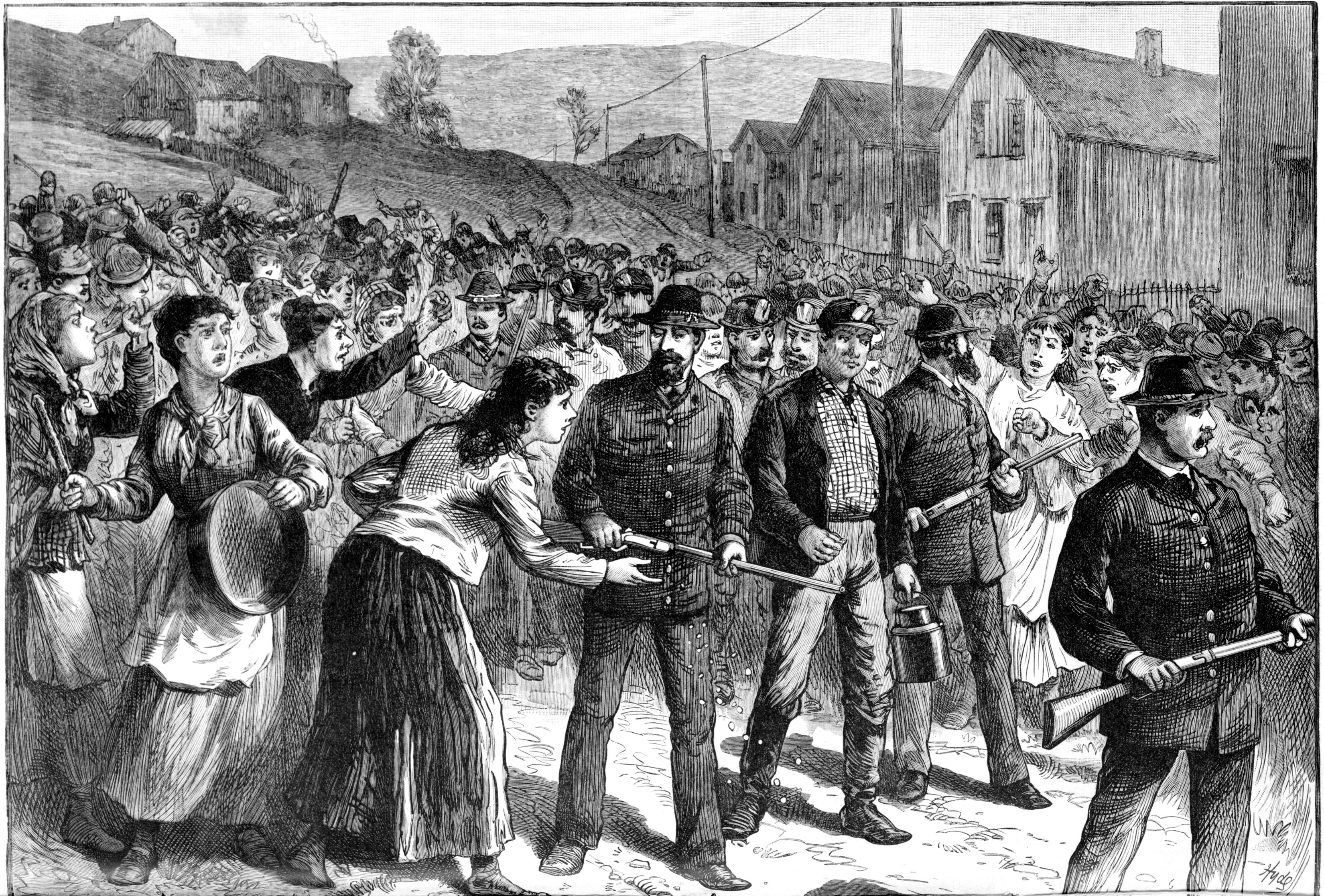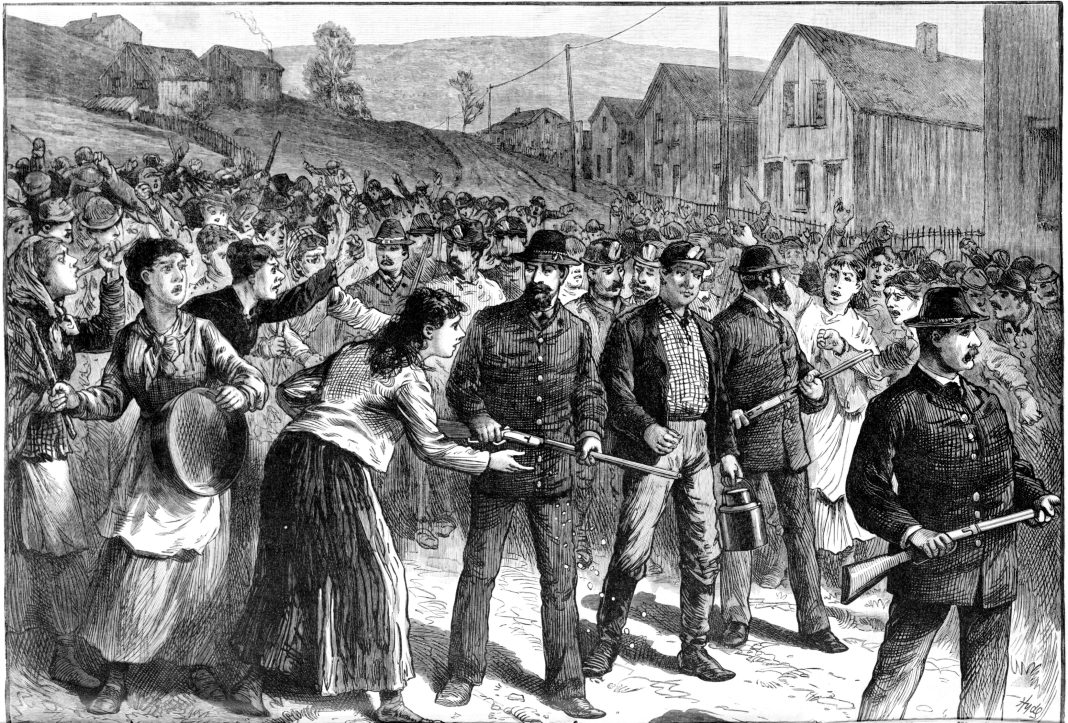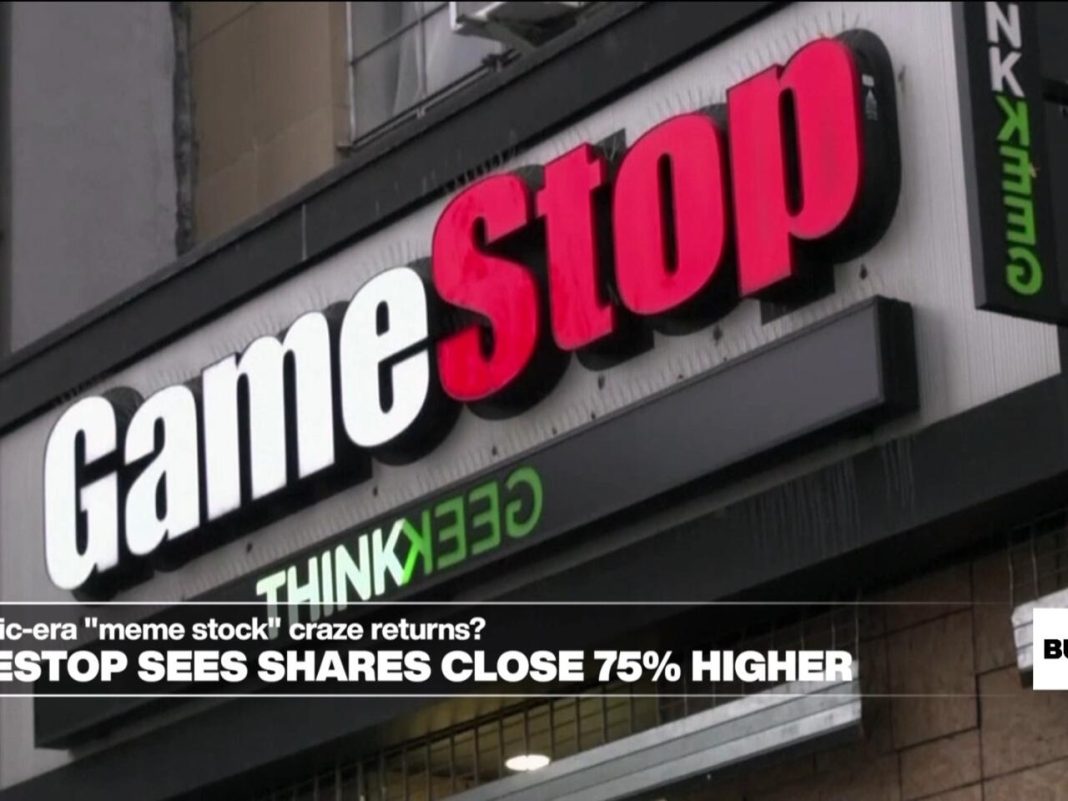 Unions Threaten Strikes in Various Industries
Unions Threaten Strikes in Various Industries
Introduction:
In recent weeks, labor unions around the world have been threatening strikes in various industries, ranging from education to transportation. These strikes have the potential to disrupt supply chains, halt vital services, and negatively impact economies. While workers have the right to fight for better wages and benefits, it is important to consider the consequences of these strikes on the broader economy and society. This article will explore the recent strikes and their potential implications.
Unrest at the University of California:
The University of California is currently facing the possibility of a strike by 48,000 graduate students. The university’s crackdown on student protesters against Israel has sparked outrage among the student body. The vote on whether to proceed with the strike is expected in mid-May. If the strike were to occur, it would not only disrupt the education system but also raise questions about the balance between free expression and institutional control.
Threat of Railway Worker Strike in Canada:
In Canada, 9,000 railway workers are threatening to go on strike as early as May 22. This strike has the potential to disrupt supply chains from Canada to the Gulf of Mexico, affecting industries such as passenger rail, coal, cars, consumer goods, fertilizer, minerals, petroleum, and grains. The economic repercussions of such a strike would be significant, potentially leading to higher prices and reduced availability of goods.
Unions Protest Market Reforms in Argentina:
Argentina recently witnessed a mass general strike organized by major unions in the country. The unions are protesting against market reforms introduced by the new government, which they believe will exacerbate economic problems such as inflation and sovereign debt defaults. However, this raises questions about the role of unions in shaping economic policies and whether they should use their power to override democratic decisions.
Rail Workers Demand Higher Pay in the UK:
Rail workers in the United Kingdom recently went on strike demanding higher pay. This strike came despite the railways receiving substantial taxpayer subsidies. The disruption caused by the strike raises concerns about the impact on commuters and the broader economy. It also highlights the complex dynamics between workers’ demands and the financial viability of industries.
Impact of Doctors’ Strike in Kenya:
In mid-March, medical doctors in Kenya went on strike, only agreeing to return to work on May 8. This strike occurred during a cholera outbreak and flooding, raising questions about the potential loss of lives due to the absence of medical professionals. While higher pay for doctors may be a valid demand, it is crucial to consider the consequences of such strikes on public health and safety.
The Role of Unions in the Economy:
While workers have the right to demand higher wages and better benefits, it is important to consider the broader economic implications of labor strikes. In a well-functioning free market, wages are determined by supply and demand. When unions disrupt this balance through strikes, they can have unintended consequences. For example, low wages for doctors in Kenya may discourage students from pursuing medical careers, ultimately impacting the availability of healthcare professionals.
Unions as Labor Cartels:
Critics argue that unions operate as politically connected labor cartels that hinder economic growth and efficiency. By engaging in price-fixing and anti-competitive practices, unions can drive up prices and inflation. This not only affects consumers but also discourages investment and job creation. The vulnerability of manufacturing to unions in the United States has led to deindustrialization as companies seek cheaper labor elsewhere.
History of Unions and Violence:
Unions have a long history of involvement in violence, dating back to their origins in the 19th century. Some unions, particularly in the UK, engaged in revolutionary activities and violence to expand their membership. Unfortunately, union violence still occurs today, including in the United States. This violence often goes unpunished due to union political influence at various levels.
Government’s Role in Protecting Businesses and Workers:
The federal government’s failure to address union violence adequately has raised concerns. While the Supreme Court ruled that union violence does not violate federal law if pursued for “legitimate” aims, it still violates state law. There is a need for stronger measures to protect businesses and non-union workers from such violence. Proposed legislation, such as the Freedom from Union Violence Act, aims to close this loophole and ensure the safety of all workers.
Conclusion:
Labor strikes have the potential to disrupt industries, harm economies, and pose risks to public health and safety. While workers have the right to fight for better conditions, it is important to consider the broader consequences of these actions. Unions must strike a balance between advocating for their members’ interests and the well-being of the economy as a whole. Governments also have a responsibility to protect businesses and non-union workers from violence and ensure a fair and competitive labor market.


